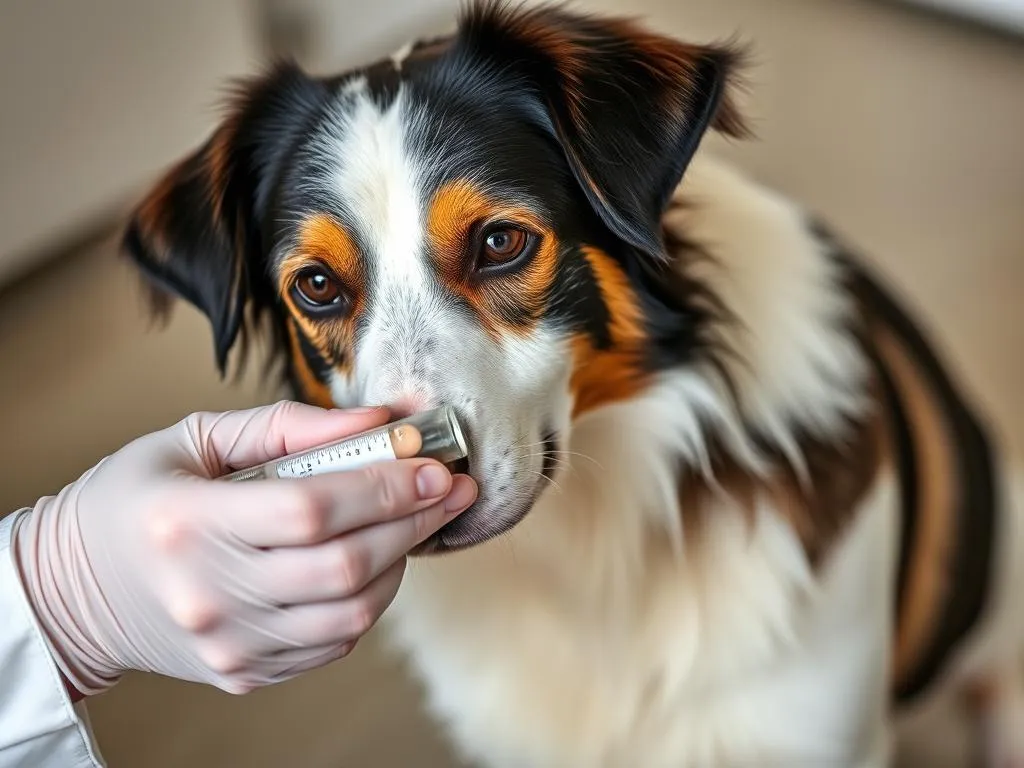
Urine samples play a crucial role in assessing a dog’s health. They provide valuable insights into various health conditions, allowing veterinarians to make informed decisions about treatment and care. Collecting a urine sample from your dog may seem daunting, but with the right techniques and preparation, it can be a straightforward process. Here’s a comprehensive guide on how to get a urine sample from a dog.
Understanding the Importance of Urine Samples
Why Urine Samples are Necessary
Urine samples are essential in veterinary health care for several reasons. They help diagnose health issues such as urinary tract infections (UTIs), kidney disease, and diabetes mellitus. By analyzing the urine, veterinarians can identify abnormalities that indicate underlying health problems. Regular urine analysis is also a standard part of routine health checks, helping to catch potential issues early.
Common Conditions Diagnosed Through Urine Samples
-
Urinary Tract Infections (UTIs): These infections are common in dogs and can cause discomfort and more severe health problems if left untreated. A urine sample can confirm the presence of bacteria or other indicators of infection.
-
Diabetes Mellitus: Dogs with diabetes often have high levels of glucose in their urine. A urine test can help diagnose this condition early, allowing for timely management.
-
Kidney Dysfunction: The kidneys play a vital role in filtering waste from the blood. A urine sample can reveal signs of kidney disease, helping to guide appropriate treatment.
Preparing for the Urine Sample Collection
When to Collect a Urine Sample
Timing is essential when collecting a urine sample. The best time to collect the sample is in the morning, as this is when the urine is most concentrated. Collecting the sample soon after the dog has urinated can help avoid contamination. Avoid taking a sample after your dog has had a lot of water, as this can dilute the urine and affect the test results.
Required Tools and Supplies
Before you begin the collection process, gather the following supplies:
- Sterile containers: These are essential to prevent contamination of the sample.
- Collection devices: Options include ladles, pipettes, or specially designed urine collection bags.
- Towels and gloves: For hygiene and cleanliness during the process.
Techniques for Collecting a Dog’s Urine Sample
Collection Methods
Free Catch Method
The free catch method is the simplest way to collect a urine sample. Here’s how to do it:
- Walk your dog: Take your dog outside for a walk to encourage them to urinate.
- Position the container: As your dog starts to urinate, quickly position the sterile container under them to catch the urine. Aim to collect mid-stream for the best sample quality.
- Secure the sample: Once you have enough urine, carefully remove the container and secure the lid.
Tips for attracting your dog to urinate:
– Use a familiar area where your dog usually goes.
– Encourage your dog with verbal cues or by walking them around to stimulate the urge to urinate.
Manual Expression Method
In some cases, you might need to use the manual expression method to collect a urine sample. This technique is often necessary for dogs that have difficulty urinating on command. Here’s how to do it safely:
- Identify the bladder: Gently palpate your dog’s abdomen to locate the bladder. It’s usually located just behind the ribcage.
- Apply gentle pressure: Using your hands, apply gentle pressure on the bladder to encourage urination. Be careful not to apply too much pressure, as this can cause discomfort.
- Collect the urine: As your dog begins to urinate, position the sterile container to catch the urine.
Situations where manual expression is necessary:
– Dogs recovering from surgery or those with certain medical conditions may not be able to urinate normally.
Cystocentesis (Veterinary Procedure)
Cystocentesis is a procedure performed by veterinarians to collect urine directly from the bladder using a needle. This method is typically used in cases where other collection methods are not feasible. It’s important to seek professional help for this procedure, as it requires specific training and sterile conditions.
Tips for Successful Collection
- Minimize stress: Keep the environment calm and relaxed. Use treats or praise to reward your dog for cooperating.
- Handling a reluctant or anxious dog: If your dog is anxious or reluctant to urinate, try taking them for a longer walk or allowing them to explore a familiar area. Patience is key; rushing the process can lead to frustration for both you and your dog.
After Collection: What to Do with the Sample
Proper Storage and Transport
Once you have collected the urine sample, proper handling is crucial to ensure its integrity. Follow these guidelines:
- Storage: If you can’t take the sample to the vet immediately, store it in a cool place, preferably in a refrigerator.
- Transport: Try to deliver the sample to your veterinarian within 30 minutes to an hour for the most accurate results. If the sample cannot be delivered quickly, make sure it is kept cool and transported in a secure container.
Common Mistakes to Avoid
- Contamination risks: Ensure that the container remains sterile and avoid any contact with the dog’s skin or fur.
- Misinterpretation of sample quality: If the sample appears cloudy or discolored, inform your veterinarian, as this could affect the interpretation of the results.
Understanding Urinalysis Results
Common Parameters Tested in Urine
When the urine sample is analyzed, several parameters are typically assessed:
- pH levels: Urine pH can indicate various health issues. A pH level that is too high or too low may suggest metabolic or infection-related problems.
- Specific gravity: This measures the concentration of urine. Low specific gravity may indicate kidney issues, while high levels can suggest dehydration.
- Glucose presence: The presence of glucose can be a sign of diabetes or other metabolic disorders.
When to Follow Up with a Vet
After receiving urinalysis results, it’s essential to understand when to seek further veterinary attention:
- Signs that warrant immediate attention: If your dog displays symptoms like excessive thirst, frequent urination, lethargy, or changes in appetite, consult your veterinarian.
- Interpreting results: Always discuss the results with a veterinarian to understand their implications fully. They can guide you on the next steps or necessary treatments.
Conclusion
Collecting a urine sample from your dog is an important skill that can provide valuable information about their health. By following proper techniques and understanding the significance of urine analysis, you can play an active role in your dog’s health care. Remember that routine veterinary visits are vital for maintaining your dog’s overall well-being and addressing any potential health issues early on.









